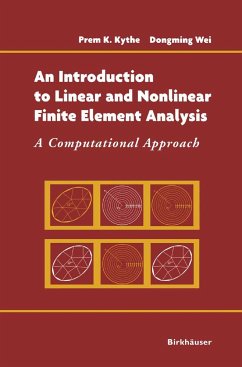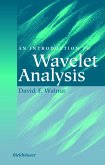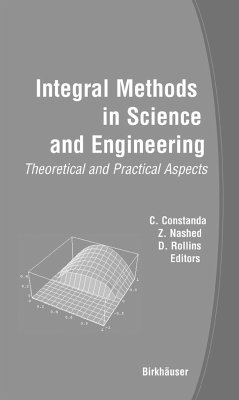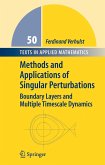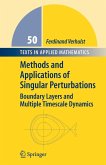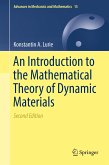Modern finite element analysis has grown into a basic mathematical tool for almost every field of engineering and the applied sciences. This introductory textbook fills a gap in the literature, offering a concise, integrated presentation of methods, applications, software tools, and hands-on projects. Included are numerous exercises, problems, and Mathematica/Matlab-based programming projects. The emphasis is on interdisciplinary applications to serve a broad audience of advanced undergraduate/graduate students with different backgrounds in applied mathematics, engineering, physics/geophysics. The work may also serve as a self-study reference for researchers and practitioners seeking a quick introduction to the subject for their research.
"This is an introductory textbook on finite element analysis and practice aimed at students with diverse backgrounds from engineering, technology, physics, geophysics and applied mathematics. The book provides accessibility to all students, with a minimum of mathematical analysis.... The last chapter is dedicated to computer programs in Mathematica, Ansys, Matlab and Fortran. There are six appendices, 87 examples and 148 exercises. The book ends with a bibliography and a detailed subject index."
-Mathematical Reviews
"This book is introductory in the sense of being accessible to students not only of mathematics, but also of the physical and the engineering sciences once they have mastered the introductory mathematical courses. It is also introductory in the sense of not providing the reader with all the theoretical framework of convergence analysis of the FE-method based on Sobolev spaces, etc. Rather it is content with explaining the very basic ideas behind FE. In a different sense it does however lead to relatively advanced topics, namely from the standpoint of applications.... Overall, the presentation is quite detailed regarding the needs of the practitioner with many examples to engineering, earth sciences, etc. (among others elasticity, vibrations, heat transfer, fluid flow; also eigenvalue problems), and special but important items not so often covered in other texts, e.g., how to cope with the specific difficulties arising in polar coordinates. Both numerous exercises and codes in Ansys, Fortran, Mathematica and MATLAB direct the reader towards experimentation of his own."
-Monatshefte für Mathematik
-Mathematical Reviews
"This book is introductory in the sense of being accessible to students not only of mathematics, but also of the physical and the engineering sciences once they have mastered the introductory mathematical courses. It is also introductory in the sense of not providing the reader with all the theoretical framework of convergence analysis of the FE-method based on Sobolev spaces, etc. Rather it is content with explaining the very basic ideas behind FE. In a different sense it does however lead to relatively advanced topics, namely from the standpoint of applications.... Overall, the presentation is quite detailed regarding the needs of the practitioner with many examples to engineering, earth sciences, etc. (among others elasticity, vibrations, heat transfer, fluid flow; also eigenvalue problems), and special but important items not so often covered in other texts, e.g., how to cope with the specific difficulties arising in polar coordinates. Both numerous exercises and codes in Ansys, Fortran, Mathematica and MATLAB direct the reader towards experimentation of his own."
-Monatshefte für Mathematik

